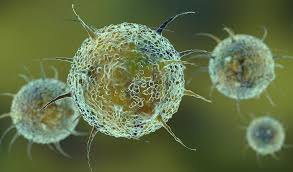
Pathogens and health. By invading the body, multiplying, and causing damage to cells or tissues, pathogens—which include bacteria, viruses, fungi, and parasites—can endanger human health. They can spread by direct touch, contaminated food and water, airborne droplets, or vectors like insects, and their effects on health can range from minor ailments like the common cold to fatal infections. Vaccinations, insect repellents, safe food and water practices, basic hygiene, and adequate sanitation are all important for preventing infection.
PATHOGENS AND HEALTH
Human health is constantly at risk from pathogens, but we may lessen their effects with knowledge, awareness, and coordinated efforts at prevention and management. We may better safeguard ourselves and future generations from the unseen but powerful enemies known as infections by implementing efficient public health policies and encouraging scientific research and innovation.
What Are Pathogens?
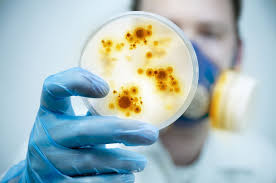
Pathogens are microorganisms, including bacteria, viruses, fungi, and parasites, that cause disease in humans, animals, and plants. These tiny invaders have evolved various mechanisms to survive and thrive within their hosts, often exploiting vulnerabilities in the immune system to establish infections.
Types of Pathogens
1. Bacteria:
Single-celled organisms that can cause a range of infections, from minor skin infections to life-threatening illnesses like pneumonia and meningitis.
2. Viruses:
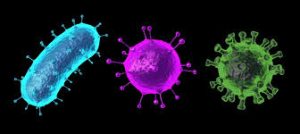
Genetic material wrapped in a protein coat, viruses hijack host cells to replicate and spread, causing diseases such as influenza, HIV/AIDS, and COVID-19.
3. Fungi:
Microscopic organisms that can cause superficial infections like athlete’s foot or more serious systemic infections in immunocompromised individuals.
4. Parasites:
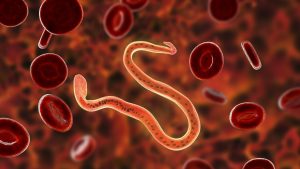
Organisms that live on or inside a host and rely on it for nourishment. Parasitic infections include malaria, giardiasis, and tapeworm infestations.
How Pathogens Spread;
Pathogens spread through various means, including:
– Direct Contact:
Through physical contact with an infected person, animal, or contaminated surface.
– Airborne Transmission:
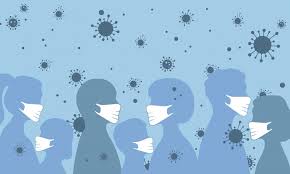
Inhalation of respiratory droplets expelled by coughing or sneezing.
– Waterborne Transmission:
Consumption of contaminated water or exposure to waterborne pathogens through recreational activities.
– Vector-Borne Transmission:
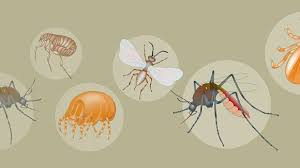
PATHOGENS AND HEALTH
Transmission through vectors such as mosquitoes, ticks, and fleas, which carry and transmit pathogens to humans.
Impact on Health;
Pathogen can cause a spectrum of diseases, ranging from mild infections to severe, life-threatening conditions. They contribute significantly to the global burden of disease, affecting individuals, communities, and entire populations. The emergence of antibiotic-resistant bacteria and new infectious diseases underscores the ongoing challenge posed by pathogens to public health systems worldwide.
Prevention and Control;
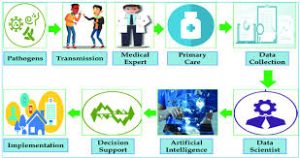
PATHOGENS AND HEALTH
Preventing the spread of pathogen requires a multifaceted approach, including:
– Vaccination:
Immunization programs help prevent infectious diseases by stimulating the body’s immune response to specific pathogens.
– Hygiene Practices:
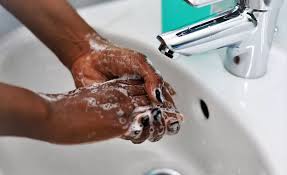
PATHOGENS AND HEALTH
Regular handwashing, proper sanitation, and food safety measures can reduce the transmission of pathogen.
– Vector Control:
Measures to control vectors, such as insecticide-treated bed nets and environmental management, help prevent vector-borne diseases.
– Antimicrobial Stewardship:

PATHOGENS AND HEALTH
Responsible use of antibiotics and antiviral medications helps mitigate the development of antimicrobial resistance.
Summary
Pathogens are microscopic organisms that, if they enter your body, can cause illness. Pathogens include bacteria, fungi, viruses, parasites, and prions. They are often referred to as germs. You may lower your chance of contracting an infection by washing your hands, cleaning surfaces, and preparing food safely.